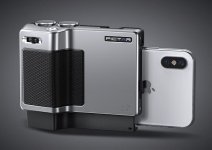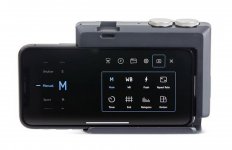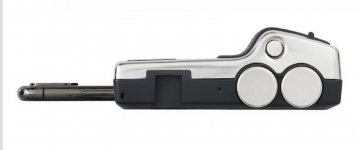dwever
Well-known member
Imagine in 2026 your Alpha Leica’s have instant hyper accurate AF, advanced multi-axis image stabilization, a push with your pinky to capture a 172 mp hyper-resolution image, and an instant read-out available across the bottom of your view telling you the sub-species and sex of the bird the on-board software just scanned, all the while your image is glassed, or viewed in such a high resolution electronic viewfinder human eyes have long lost the ability to tell the difference. And for the really high magnifications, you’re just wearing an 8 oz. pair of glasses or goggles while the glass itself is on a silent motorized tripod next to you tracking everywhere you look and transmitting wirelessly real-time breathtaking imagery to your glasses.
Because of Boomer’s reluctance to adopt new technology, Boomer’s in the labor force are tamping down the economy’s overall productivity, according to a study by Moody's Analytics.. Published 11-7-19, reported by USA Today. Arguably we evidenced this a little in a discussion about future Duovid design when the cry went out twice for no electronics in future Duovid designs. But that’s incidental and not the,point.
Electronics must be and will eventually be the next frontier for alpha glass, when there is a market and when the technology is more than novel and truly revolutionizes the experience, most will never look back. This might be a part of drawing in the next generation of birders.
Because of Boomer’s reluctance to adopt new technology, Boomer’s in the labor force are tamping down the economy’s overall productivity, according to a study by Moody's Analytics.. Published 11-7-19, reported by USA Today. Arguably we evidenced this a little in a discussion about future Duovid design when the cry went out twice for no electronics in future Duovid designs. But that’s incidental and not the,point.
Electronics must be and will eventually be the next frontier for alpha glass, when there is a market and when the technology is more than novel and truly revolutionizes the experience, most will never look back. This might be a part of drawing in the next generation of birders.
Last edited:












